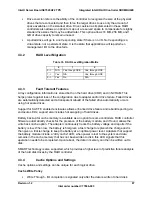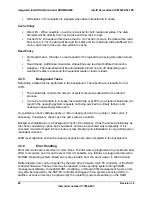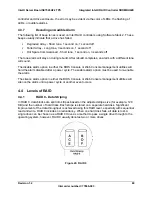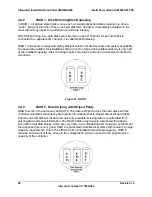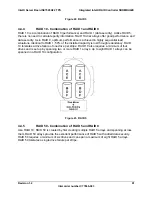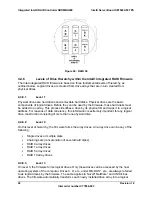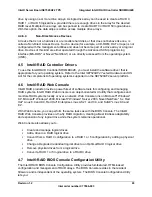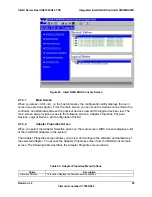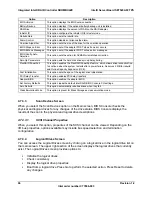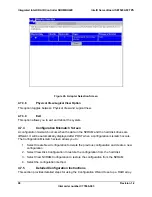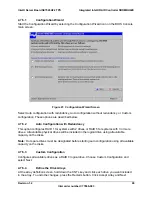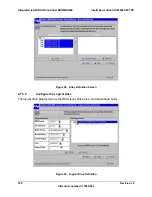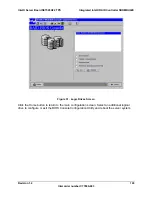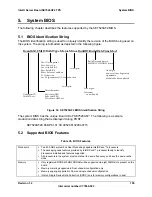
Intel® Server Board SE7520AF2 TPS
Integrated Intel® RAID Controller SROMBU42E
Revision 1.2
93
Intel order number C77866-003
drive by using one or more drive arrays. A single drive array can be used to create a RAID 0,
RAID 1, or RAID 5 logical drive, provided there are enough drives in the array for the desired
RAID level. Multiple drive arrays can be spanned to create RAID 10 or RAID 50 logical drives.
With this option, the data stripe is written across multiple drive arrays.
4.4.6.4
Non-Direct Access Devices
A device that is not a hard disk or a removable hard disk, or that does not behave like one, is
called a Non-Direct Access Device. Such a device (for example, a CD-ROM, DAT or tape) is not
configured with the management utilities and does not become part of a drive array or a logical
drive. Devices of this kind are either operated through the Advanced SCSI programming
interface (MS-DOS* or Novell* NetWare*) or are directly accessed from the operating system
(UNIX).
4.5 Intel® RAID Controller Drivers
To use the Intel® RAID Controller SROMBU42E, you must install the software driver that is
appropriate for your operating system. Refer to the
Intel SE7520AF2 Tested Hardware and OS
List
for the complete list of operating systems supported on the SE7520AF2 server platform.
4.6 Intel® RAID Web Console
Intel® RAID products provide a powerful set of software tools for configuring and managing
RAID systems. Intel® RAID Web Console is an object-oriented GUI utility that configures and
monitors RAID systems locally or over a network. Web Console runs on Microsoft* Windows*
XP, Microsoft* Windows* 2000, Microsoft* Windows* Server 2003, Novell NetWare* 6.x, Red
Hat* Linux 8.0 and 9.0, Red Hat* Enterprise Linux AS 2.1 and 3.0, and SuSE* Linux 8.0 and
8.2.
With Web Console, you can perform the same tasks as with the BIOS Console. The Intel®
RAID Web Console provides on-the-fly RAID migration, creating almost limitless adaptability
and expansion of any logical drive while the system remains operational.
Web Console also allows you to:
Create and manage logical drives
Add a drive to a RAID logical drive
Convert from a RAID 0 configuration to a RAID 1 or 5 configuration by adding a physical
drive
Change a Degraded redundant logical drive to an Optimal RAID 0 logical drive
Remove physical drives from a logical drive
Convert a RAID 1 or 5 logical drive to a RAID 0 drive.
4.7 Intel® RAID BIOS Console Configuration Utility
The Intel® RAID BIOS Console Configuration Utility provides full-featured, HTML-based
configuration and management of RAID arrays. The BIOS Console resides in the resident
firmware and is independent of the operating system. The BIOS Console Configuration Utility
lets you:









